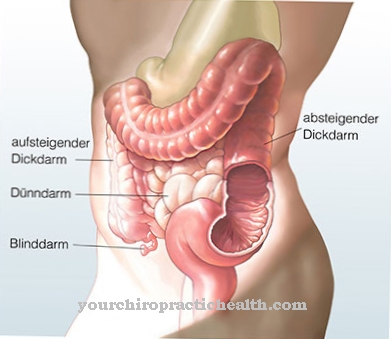Fibrocytes are part of the connective tissue. They are usually dormant and have irregular appendages that connect to the appendages of other fibrocytes, giving the connective tissue three-dimensional strength. If necessary, for example after a mechanical injury, fibrocytes can "wake up" from their rest and convert back into fibroblasts through division in order to synthesize components of the extracellular matrix in the intercellular space.
What is a fibrocyte?
Fibrocytes are immobile cells of the connective tissue and therefore part of the extracellular matrix. The main features are irregular appendages that can connect with the appendages of other fibrocytes in the form of so-called tight and gap junctions and thus give the connective tissue a three-dimensional structure.
Tight junctions are characterized by narrow bands of membrane proteins that enclose the cells mutually so that a very close contact is created between the membranes of neighboring cells, which at the same time represents a diffusion barrier. In contrast, in gap junctions there is no direct membrane contact between two cells. The membranes are kept at a distance of about 2 to 4 nanometers, but are connected to each other by connexons made of proteins, which also allow a certain exchange of substances, including messenger substances.
Unlike the fibroblasts from which they are derived, fibrocytes are almost biologically inactive. This means that they cannot synthesize elastic fibers or other components of connective tissue. In the case of injuries that require the body's own repair mechanisms, fibrocytes can be "brought back to life", divide and produce two fibroblasts at a time. The fibroblasts are able to produce necessary components of scar tissue.
Anatomy & structure
Fibrocytes are immobile, i.e. fixed cells of the connective tissue with an elongated oval nucleus and irregular cytoplasmic protuberances. They reach a size of around 50 µm. The cells arise from fibroblasts, which are the main component of connective tissue and, in contrast to fibrocytes, show biological activities. They continuously produce and synthesize components of the extracellular matrix, especially elastic fibers.
The cell nucleus of the fibrocytes contains tightly packed chromatin, i.e. tightly packed chromosomes. A large number of mitochondria, the power stations of the cell, are integrated in the cytoplasm. In addition, the cytoplasm contains an above-average proportion of rough endoplasmic reticulum and many Golgi structures. The rough endoplasmic reticulum consists of a dynamically changing network of membranes, tubes and cavities that are important for many metabolic processes, including those related to protein synthesis. The Golgi apparatus of a cell is an organelle encased in a membrane that plays a role primarily in the formation of secretions.
Function & tasks
One of the most important tasks of the fibrocytes is to ensure a certain structural strength of the connective tissue by cross-linking in a three-dimensional network. In addition, their job is to synthesize collagen precursors, as well as glycosaminoglycans and proteoglycans. Glycosaminoglycans are an important part of the extracellular matrix. They consist of linear repetitions of polysaccharide units and are used to store water in the tissue and as a biological lubricant.
Proteoglycans are large molecules made up of 40 to 60 glycosaminoglycans and a few proteins that are attached via an oxygen-glycosidic bond. Proteoglycans have a high water-binding capacity and also form the basic substance of tendons, cartilage and sliding surfaces in joints. They also form the main substance of the lubricants in joints and are also an important part of the extracellular matrix. In addition, they take on a kind of reserve function. In the event of an injury that requires the activation of the body's own repair system, fibrocytes can be reactivated by dividing and producing two fibroblasts each, which can cover the entire spectrum of the activities of a fibroblast.
During wound healing, the fibroblasts converted into fibroblasts and the "normal" fibroblasts appear primarily in the granulation and differentiation phase. The task of the fibroblasts is to provide the wound with temporary replacement tissue during the granulation phase and to supply it with components of the extracellular matrix. In the subsequent differentiation phase, it is up to the fibrocytes and fibroblasts to draw the wound together using collagen fibers and to synthesize the corresponding scar tissue. The process is supported by macrophages, which break down necrotic tissue and blood clots and make the released amino acids and other basic substances available for the formation of new tissue.
Diseases
Diseases and ailments related to fibrocytes can be caused by deficiencies in certain micronutrients, by underlying diseases or by one or more genetic defects. For example, scurvy, beriberi and pellagra are typical diseases caused by a deficiency in certain essential vitamins.
Fibrocytes and fibroblasts are disturbed by the lack of their synthesis work to produce connective tissue components such as collagens and others, so that connective tissue loses its strength and bleeding, tooth loss and other damage can occur. The breakdown of collagen can, however, also be caused by weightlessness, immobilization and as an undesirable side effect of prolonged treatment with cortisone. The opposite clinical picture is fibrosis or sclerosis. Fibrosis typically manifests itself as an abnormally increased production of interstitial connective tissue by fibrocytes and fibroblasts, which leads to a gradual loss of function of the affected organs.
Fibrosis can be caused by repetitive mechanical loads or by endogenous factors such as circulatory disorders or chronic inflammation. Well-known examples of loss of function of organs due to fibrosis are pulmonary fibrosis and liver cirrhosis. Sclerosis is also caused symptomatically by increased collagen production, which leads to hardening in the affected tissue, such as in arteriosclerosis. Benign tumors of the connective tissue, fibroids and lipomas as well as malignant tumors such as fibrosarcomas or liposarcomas are associated with a pathologically increased activity of the fibrocytes and fibroblasts.

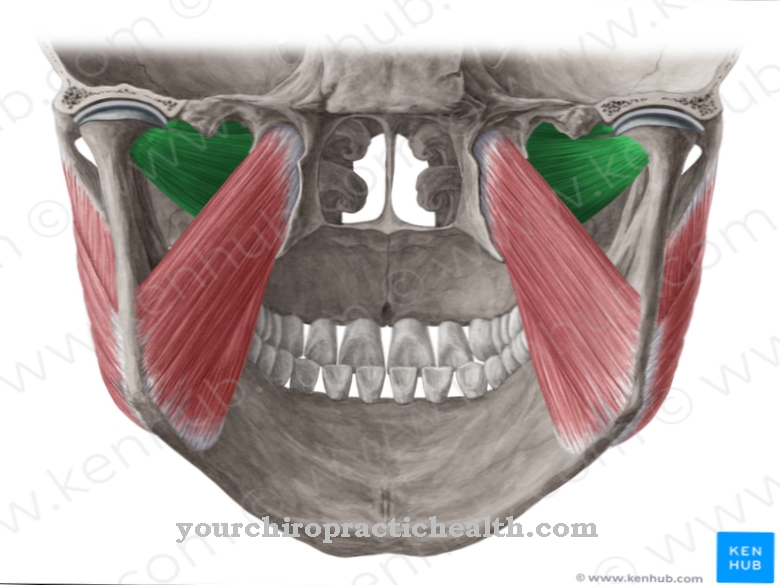
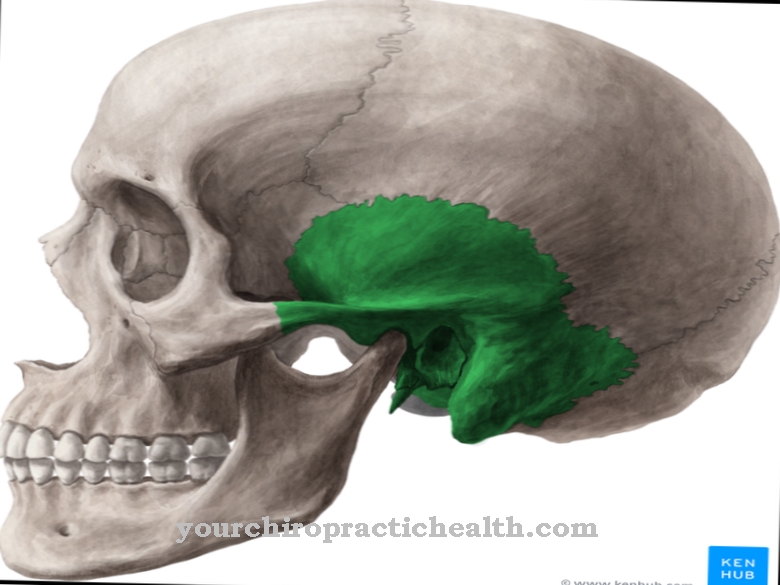

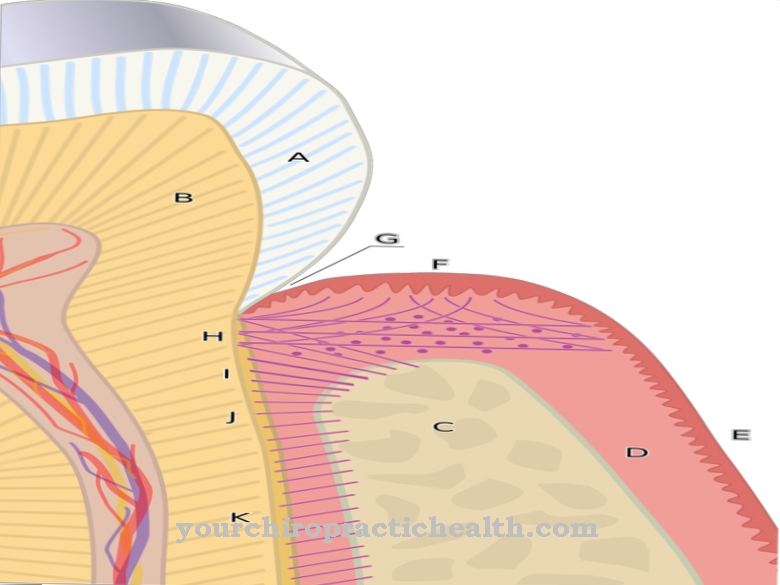



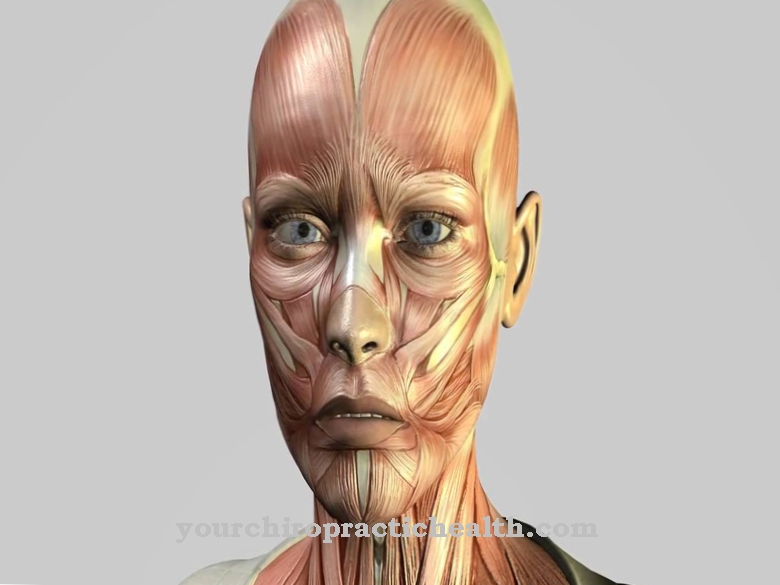




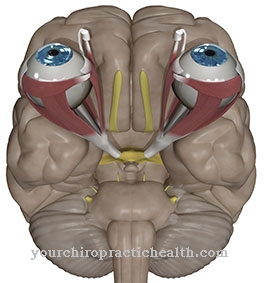

.jpg)








.jpg)

